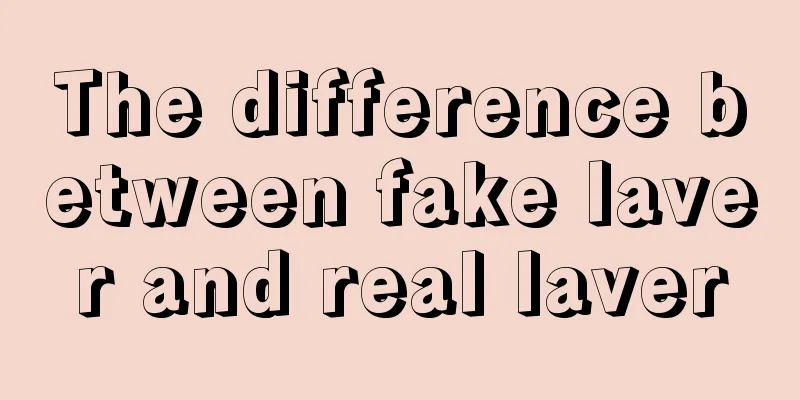The difference between fake laver and real laver

|
With the development of science and technology, people often fall into panic because of a piece of information, such as the problem of fake seaweed that went viral before. Many people are worried whether the seaweed they bought is made of plastic, and they start to ask around about the difference between fake seaweed and real seaweed. In fact, fake seaweed is not as serious as rumored, because the cost of fake seaweed is very high, so everyone can rest assured. The specific differences are as follows: 1. Water bubbles: Water droplets adhere to the plastic surface. No seaweed has The three types of laver were sampled and numbered as samples 1, 2, and 3, and sample 4 was a black plastic bag, all of which were soaked in warm water. After 25 minutes, all the seaweed is soaked. No. 1 seaweed was almost rotten; No. 2 seaweed was easier to tear; No. 3 seaweed looked like black plastic film after being stretched and needed to be torn apart with great force; No. 4 sample had a pungent smell, had thin threads when stretched, and had large water droplets attached to the surface, while No. 1, 2, and 3 seaweed samples were all moist, but had no large water droplets on the surface. 2. Fire: Plastic melts, seaweed carbonizes, and white ash forms The four samples were ignited separately. White smoke came out of seaweed No. 1, 2, and 3, and the flames went out quickly. The burned areas were carbonized and had white ash, which would fall off if lightly squeezed. Plastic bag No. 4 quickly burned into a ball after being ignited, with black melted matter dripping out and a pungent smell. 3. Rumors: The taste of laver is related to climate and origin The cost of making fake seaweed with plastic is higher than that of artificially growing seaweed, and even higher than using seaweed to impersonate seaweed. There is no need for businesses to do this. As for the phenomenon that seaweed is difficult to tear into pieces, the taste of seaweed is related to its origin, seasonal sea temperature, wind speed, etc. Soaking it in cold water for a short period of time is also the reason why it is difficult to tear into pieces. "In addition, laver is harvested in batches like leeks. The first batch is the tenderest, and the rest will mature. For example, the laver sold on the market has more honeycombs and a harder texture. So, if you eat seaweed that is hard and difficult to chew, it may just be poor quality seaweed, but it is unlikely to be plastic. Stop saying “the seaweed nowadays is inedible”, the hard-working fishermen still rely on this industry to support their families! Moreover, seaweed is rich in nutrients and tastes good. Don’t give up on this delicious treat just because someone in your circle of friends spreads a rumor. |
<<: The difference between potatoes and potatoes
>>: The difference between breast nodules and lumps
Recommend
Is motion sickness hereditary?
Motion sickness is the imbalance of body regulatio...
What are the factors that cause prostate cancer in men? The causes are among these eleven factors
Prostate cancer is a malignant tumor disease. Mal...
Could there be a lot of bacteria in leftovers?
In China, many people have the habit of eating le...
Is it good to have hair growing on moles?
Moles can be congenital or acquired. They are mai...
Injection to remove blood streaks
Red blood streaks are a very special phenomenon, ...
What eye drops should I use for glaucoma
We always hear about glaucoma and cataracts. Glau...
Health care and rehabilitation diet therapy for gastric cancer patients
Gastric cancer is a common malignant tumor of the...
Urine has lots of bubbles
If there are a lot of bubbles when you urinate, d...
What is the reason for a hard throat
I believe that many people do not know the cause ...
There are small red bumps on the tongue
In life, the phenomenon of getting a fever is ver...
Reminder! How to prevent bladder cancer
In recent years, bladder cancer has become one of...
What are the typical symptoms of early lung cancer? 3 typical symptoms of early lung cancer
Fever and chest tightness are some of the discomf...
What are the magical uses of yeast powder
Yeast powder is a common seasoning in our daily l...
What should I do if my heels get blisters from shoes?
People often say that a pair of suitable shoes ca...
HPV cervical cancer vaccination
There are many malignant tumor diseases, and cerv...









